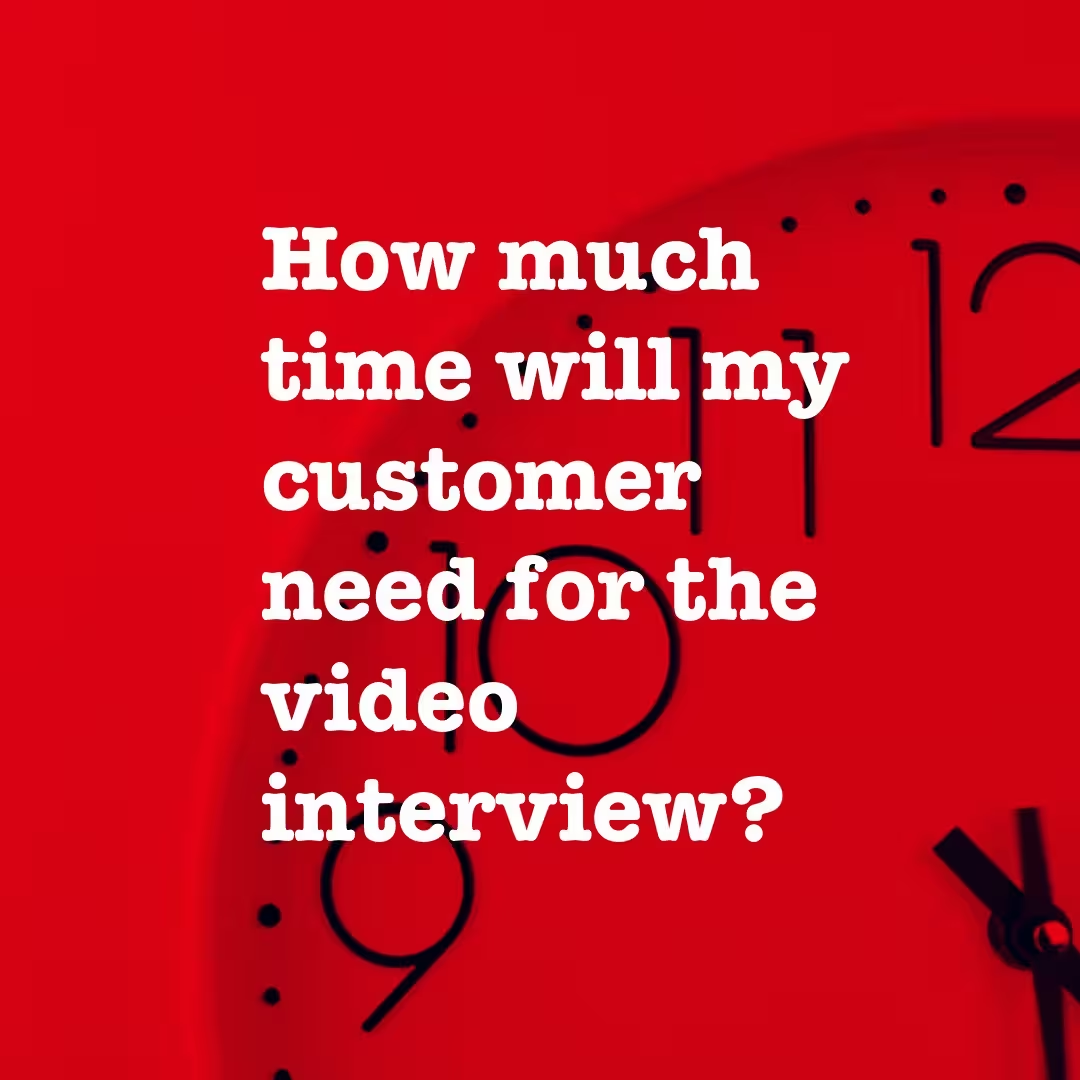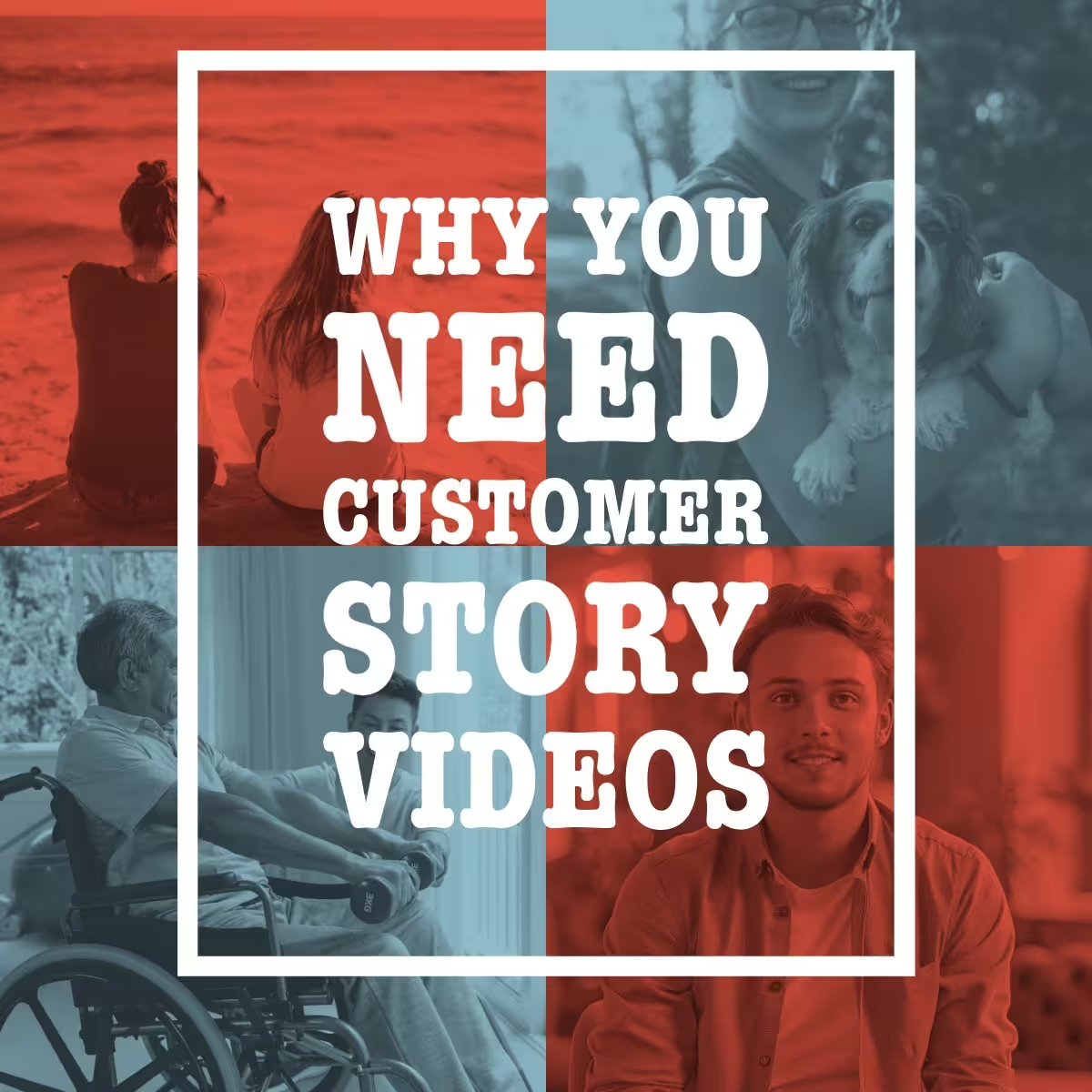Case Studies, Video Reviews and Testimonials are the best forms of Social Proof for a product, service or Brand. Judging how effective a great case study is comes down to 2 very simple metrics: How long a viewer watched it for; and what action was taken after. But ultimately you want it to improve ROI in a marketing campaign.
You want the audience to watch the video all the way through, and then at the end perform the call to action that you had intended for the video; be it to contact you, or watch more videos, or share it with others, etc.
How do we then make the audience sit through the entire video, and act on it?
This is the Anatomy of a great Case Study video.
To start, I would like to use this Hyundai Ioniq 5 Self Driving Taxi Review as the basis of this analysis. *
First of all, lets make this very clear: Case Studies, Testimonials, Reviews are all stories, anyone who says otherwise is missing a crucial point in creating effective videos.
Almost all good stories have the same structure going back to the tales of Gilgamesh. There is a “hero’s journey”, which I won’t go into, but to put it simply, it needs the basic 3 act structure:
Set up a problem – Search and trial by fire for a Hero (your product or service) – The Hero returns to save the day and solve the problem.
Regardless of what you are trying to sell or promote, you need to tell a good story. An engaging story will keep a viewer watching your video to the end. Here’s another bombshell, contrary to popular believe, it is not just a function of video duration, it is also a function of content interest.
Think of how a typical person consumes TikTok. When scrolling through your feed, you quickly swipe away a TikTok video that doesn’t capture your interest within 3 to 6 seconds, despite their designed short length.
Conversely, if you are on YouTube, you may have come across some videos that are 15 minutes or longer that you have happily watched through because the content or the visual quality of the content is of interest to you.
As the saying goes, “Time flies when you are having fun”; and a video that has an interesting story even if it is long does not feel so, and the reverse is true.
Sorry, I digress… So what is the structure of this Hyundai story?
The Set Up: People with disabilities like blindness are not able to drive, and getting around is always a problem due to ride share availability.
The Search for the Hero: The Hyundai Self-driving car can be a fantastic solution, but it is still not the hero it can be because the villagers, I mean, most people don’t trust self-driving cars.
So the car needs a trial-by-fire to become the hero to the woman with visual impairment.
The challenges are set in the form of a driving test by a very strict Driving Examiner who is not easily impressed.
The second act ends with the car passing the driving test with flying colours!
The Hero’s Return: The story ends with our vehicle providing a valuable service to the damsel-in-distress and “solves” her problem. The woman who was visually impaired is happy that she can visit her horse by herself and get home without needing anyone to drive her around.
So, what is the anatomy of a case study or review or testimonial video?
The Set Up: What is the pain-point(s) that your customer had? How do you set up the problem so that it makes for a great hook for a viewer to keep watching? The question that you need to answer is: Why should my viewer care? Does the problem amount to something that your potential audience can identify with, or have a vested interest to solve? Does it tug at some emotional string? (by emotional, I don’t mean that it needs to make someone cry)
The Search for the Hero: How did your customer find your product or service and were there any resistance to purchase or implementation? How did those problems get resolved? Was it your fantastic customer service or technical support team?
The Hero’s Return: Now that the implementation or the product or service has been used, how has it helped the customer? What improvement have they seen?
Now that you have sufficiently hooked your potential customer to watch the video till this point, you need to end with a clear recommendation or call to action.
Now, not all stories are as dramatic, but the general anatomy can still apply. Every story can have more audience interest by simply adding a time tested story structure.
To see other great Case Studies click here
Keeping your customers engaged in the story, will get them to keep watching the end of the video, where your call to action is. And if this video is part of a larger marketing campaign or strategy, it will either sow the seeds for action, or be the extra push towards a lead converting. *The use of this Hyundai video is not an endorsement of its effectiveness. In general, this Review Case Study is pretty good, however there are some criticisms that I have not shared in this article, as it is not relevant to the anatomy of a case study video.




